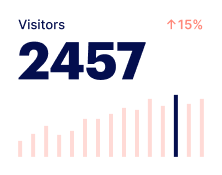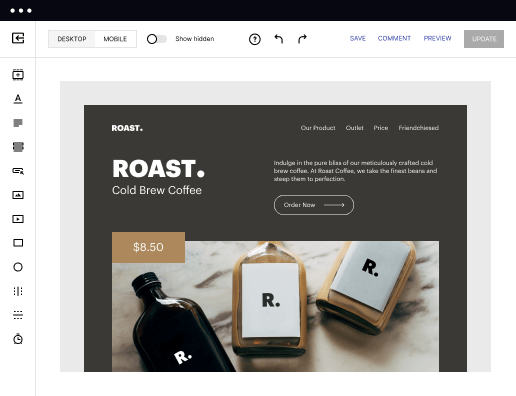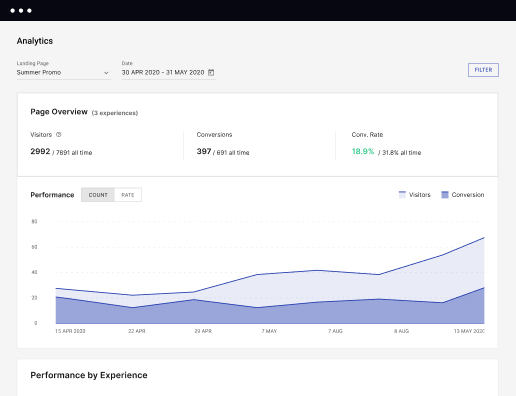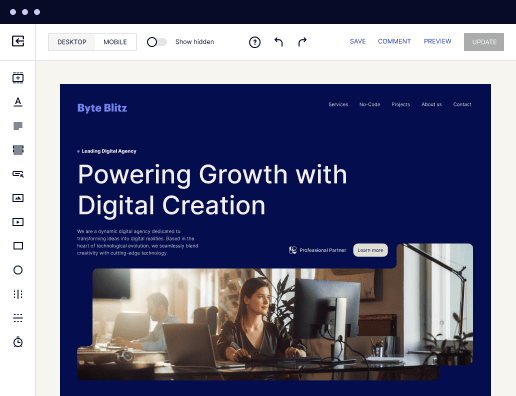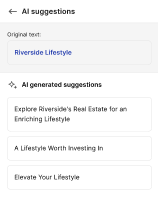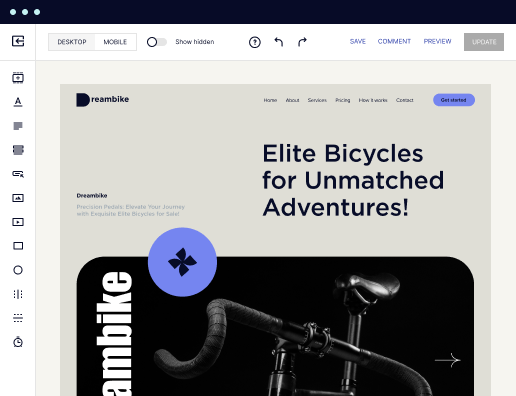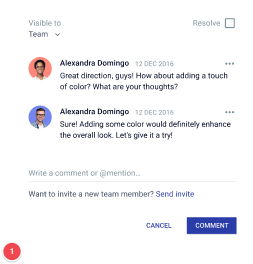Make your reset password page designed for Windows Server
Instapage empowers you to reduce costs, increase conversions, and deliver meaningful experiences on Windows Server.
How to build your reset password page on Windows Server effectively
Building an efficient reset password page on Windows Server is crucial for enhancing user experience and security. Instapage provides an array of tools that help marketers create highly engaging landing pages, designed to guide users through processes seamlessly. Leveraging flexible templates, you can optimize the password reset experience, boosting user confidence in your platform.
Understanding the essentials of a reset password page
A reset password page is critical in the user journey, particularly in sectors like Tech/SaaS and Financial Services where security is paramount. Key components include user verification, guiding messaging, and a user-friendly interface. Instapage's built-in tools enable marketers to design these elements effectively, ensuring users feel secure when resetting their passwords.
- User Verification: Ensure that your reset password page includes methods to verify user identity, such as email confirmations or security questions. This increases trust and improves security.
- Clear Messaging: Use concise and direct messaging to guide users through the steps of resetting their password. This reduces confusion and enhances user experience.
- Mobile Optimization: With a significant portion of users accessing services via mobile devices, make sure the page is responsive and easy to navigate on all screen sizes.
Step 1: Designing your reset password page layout
Start by choosing an appropriate layout for your reset password page. Instapage offers over 100 conversion-focused templates. Select a layout that aligns with your brand and addresses any specific needs of your target audience.
Step 2: Implementing user verification processes
Ensuring that your reset password page has a robust user verification process is key. Employ the following methods:
- Email Confirmation: Send a link to the user's registered email address to confirm their identity before allowing them to reset their password.
- Security Questions: Allow users to answer predetermined security questions to verify their identity, providing an additional layer of security.
- Two-Factor Authentication: Implement an optional two-factor authentication process for users who prefer heightened security measures.
Step 3: Optimizing the page for better conversions
Once your reset password page is designed and verification methods are in place, focus on optimization. Use Instapage's A/B testing to find which elements work best. Consider the following factors:
- Call-to-Action (CTA): Ensure your reset password button has a clear and compelling CTA, guiding users on what to do next.
- Page Load Speed: Optimize images and scripts to speed up page load times, as delays can lead to increased abandonment rates.
- Heatmap Analytics: Utilize heatmap technology to understand where users click most often, allowing you to adjust layouts and content accordingly.
The right design and optimization strategies can significantly enhance user experience during the password reset process.
Get started with Instapage today to create an engaging reset password page that increases user trust and conversion rates.
Get more out of Build your reset password page on Windows Server
Improve your Quality Score with quick load technology for landing pages
Increase conversions with content that aligns with your ads and audiences
Achieve maximum ROI by scaling your marketing initiatives
Leading the way in building high-performing landing pages





FAQs
See how to build your reset password page on windows server in action
Ready to skyrocket conversions?
Supercharge your ad campaigns with high-performing landing pages.
Get started
